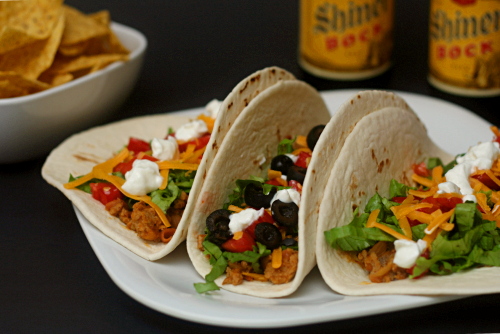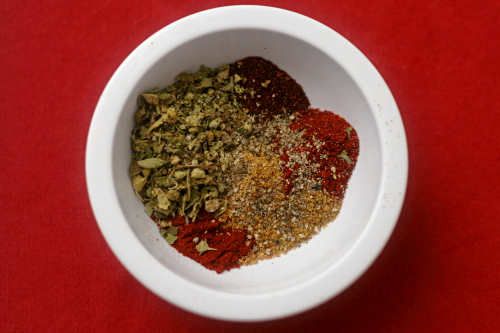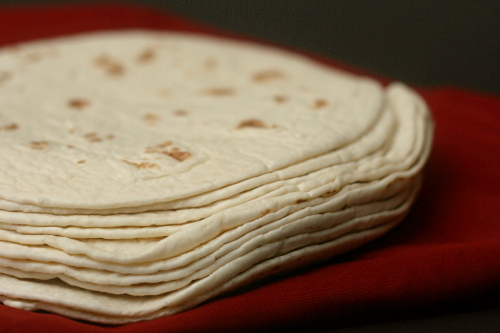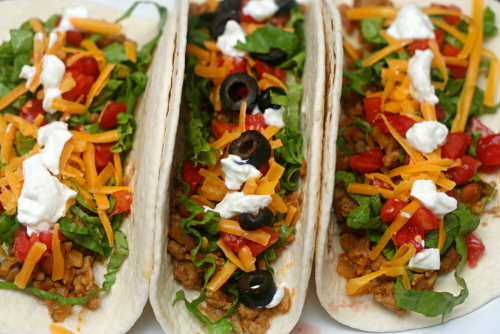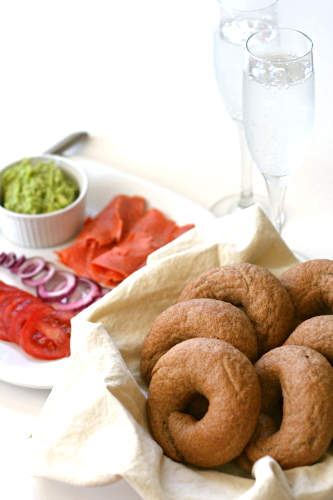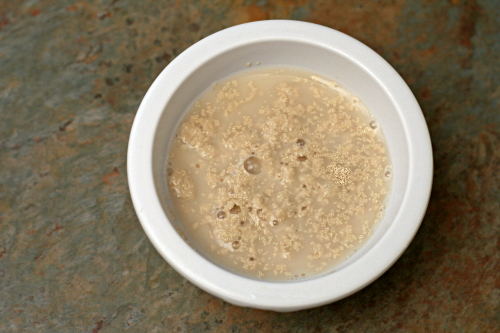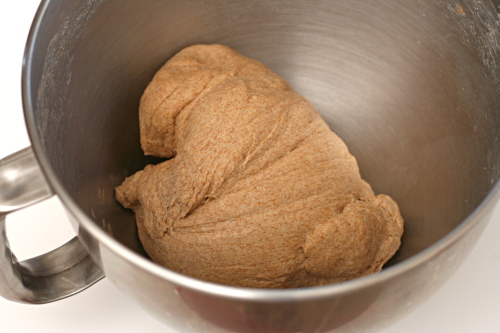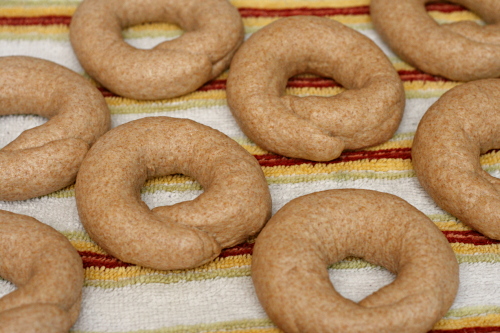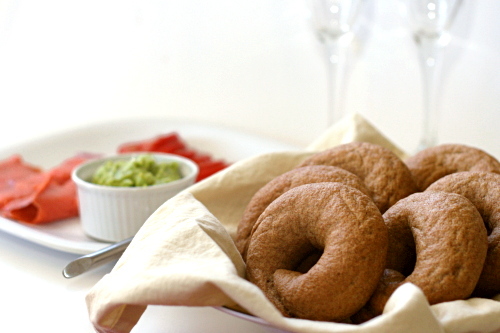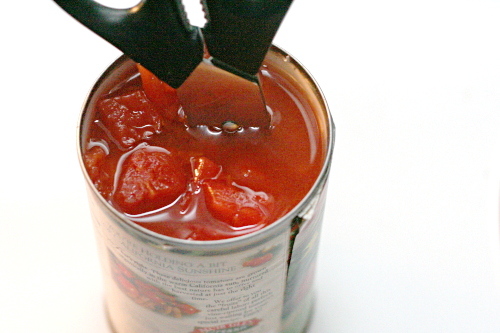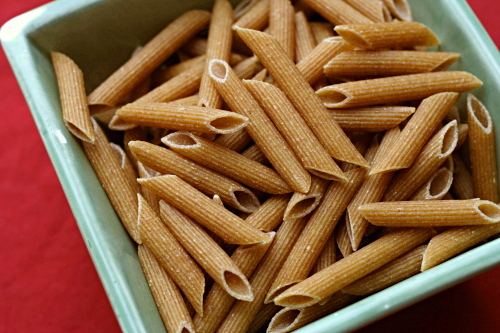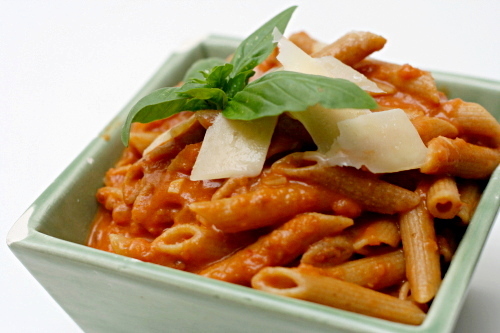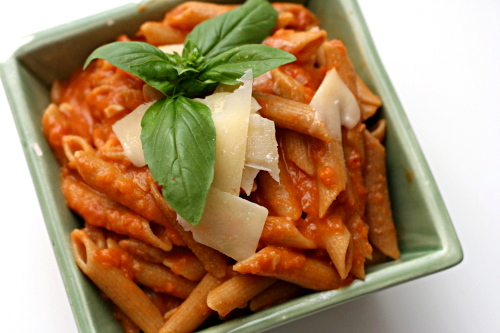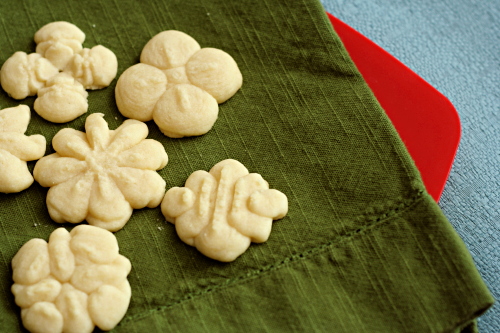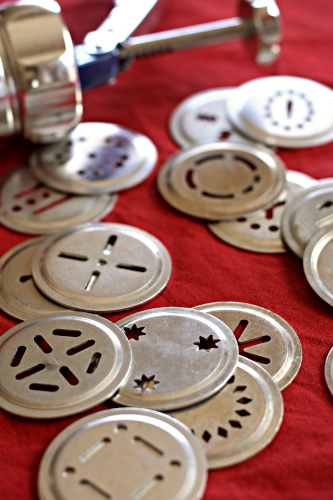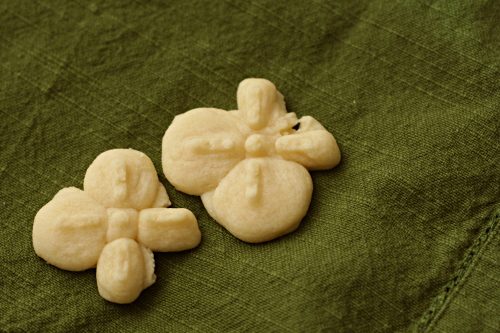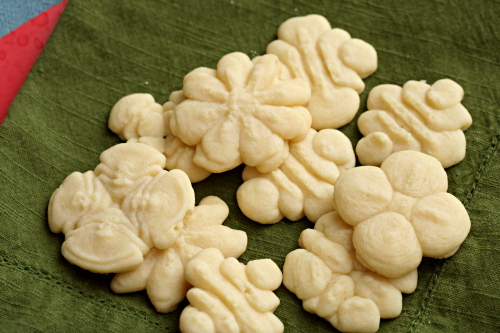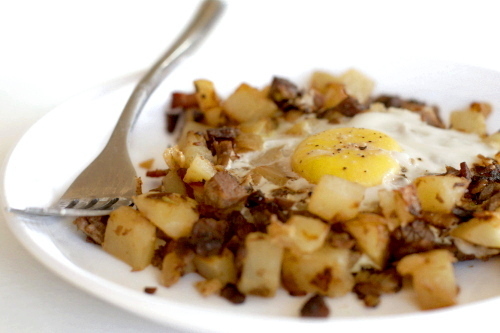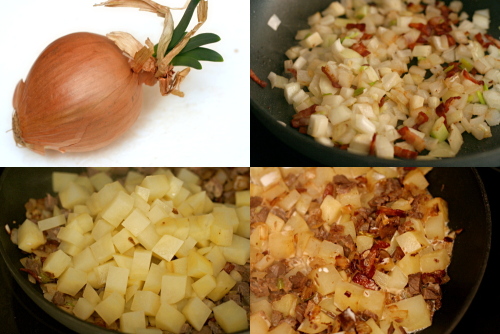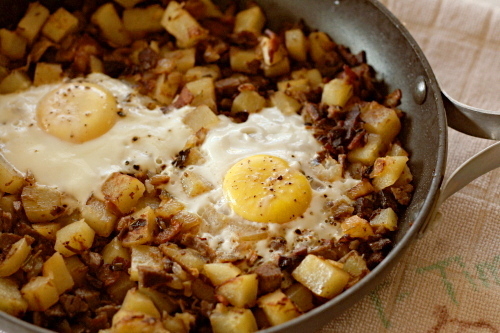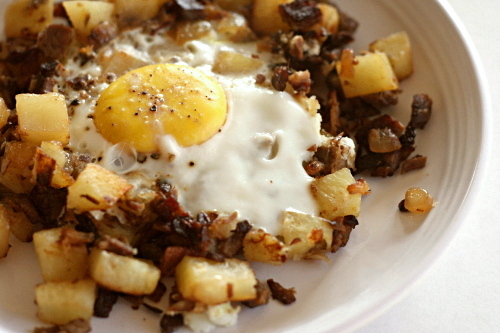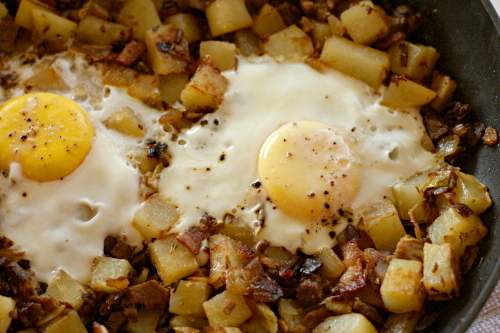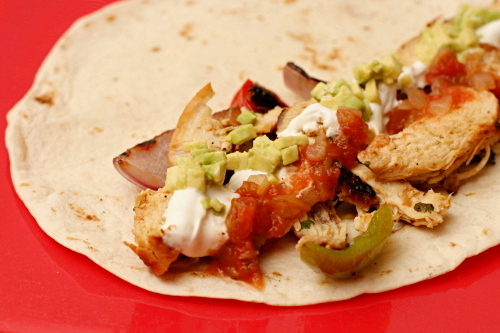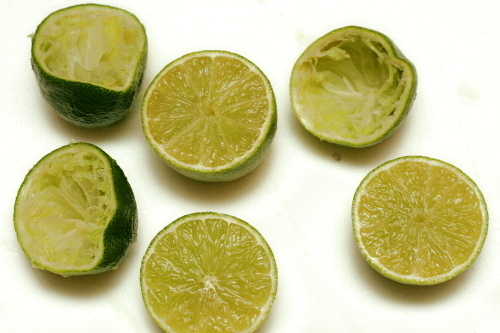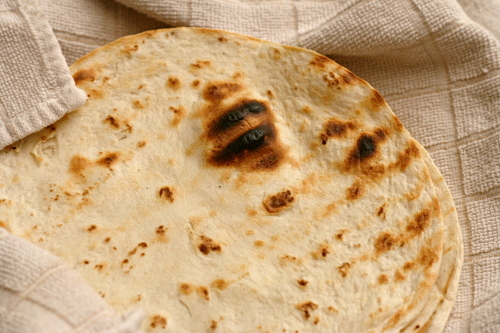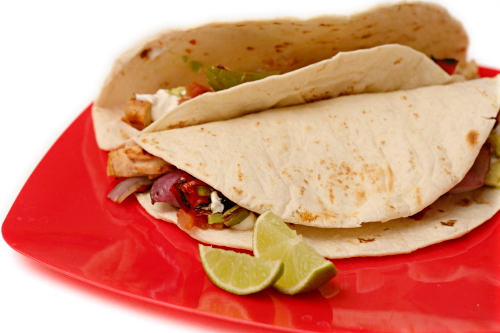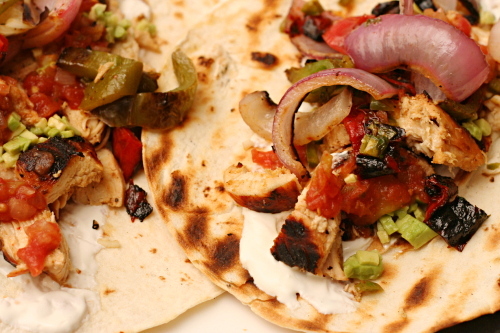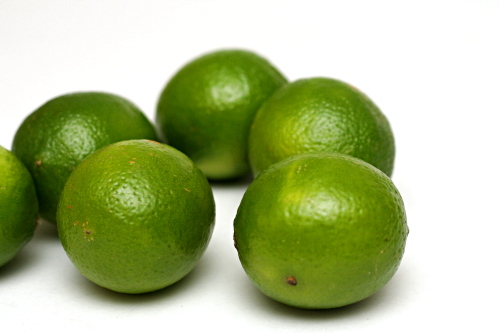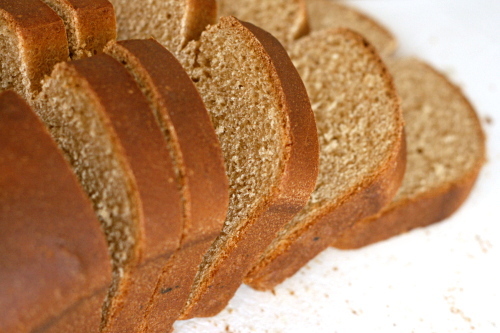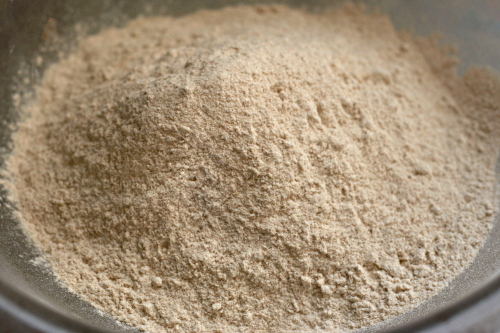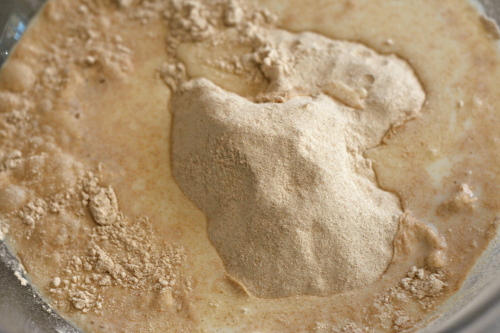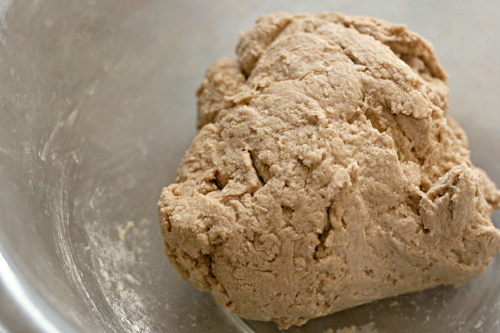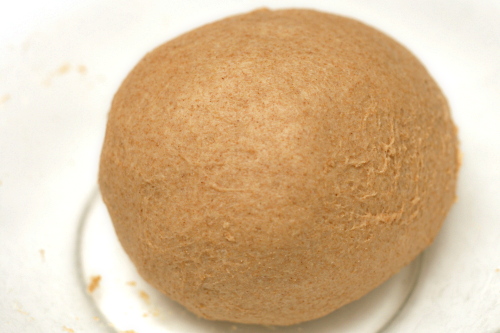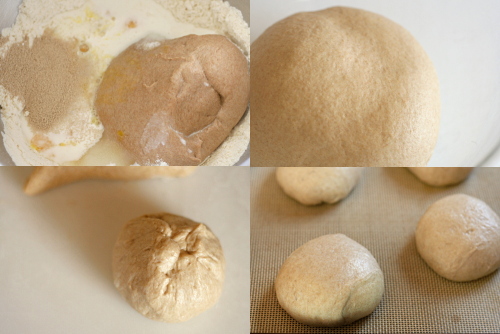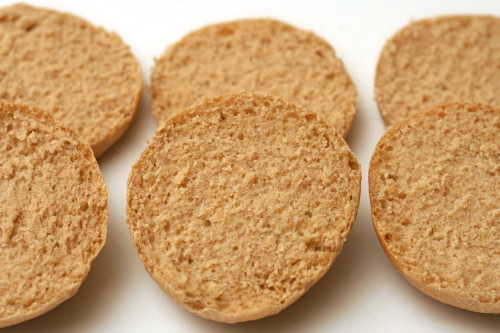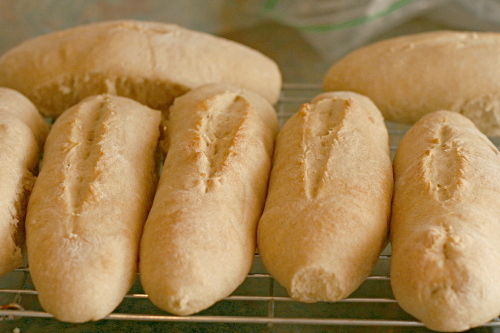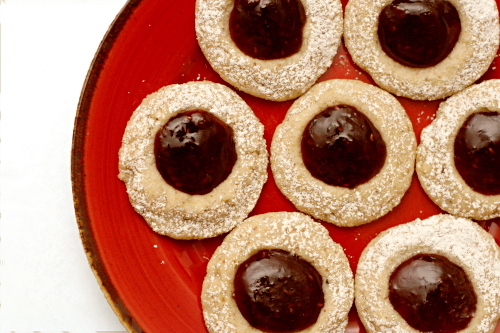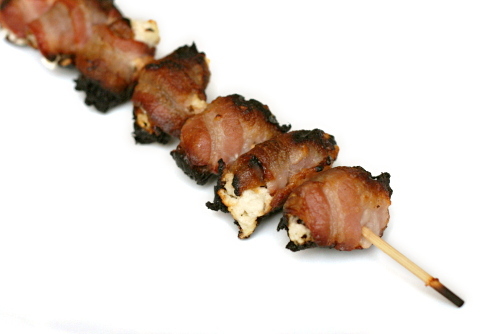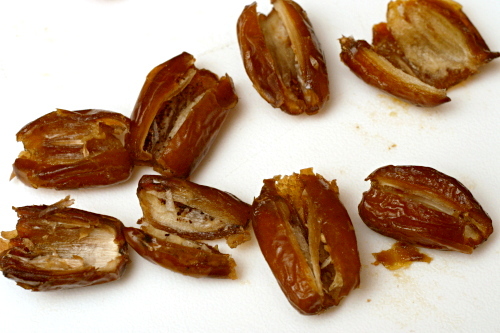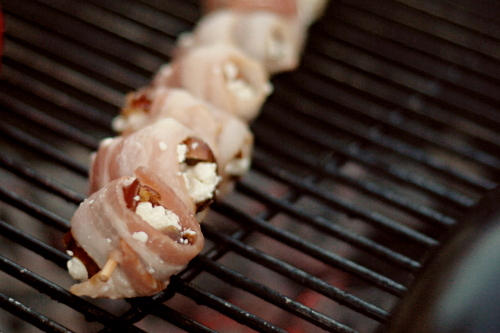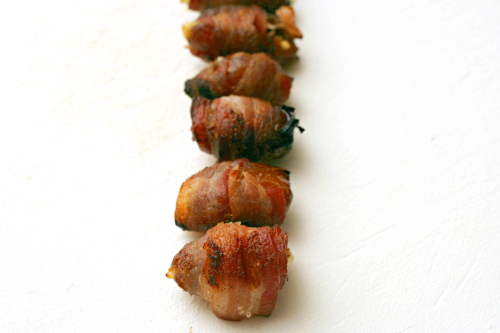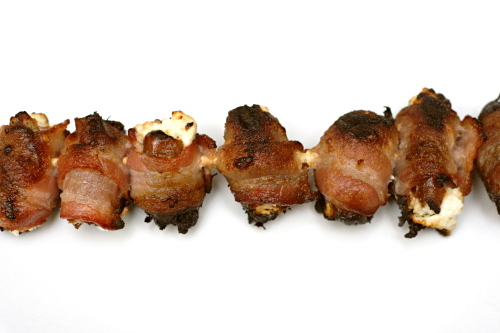This is not my most gourmet meal. It’s mostly fancy Taco Bell. It kind of looks like dog food. It’s delicious and easy and kinda healthy. I like it.
It’s at least fancier than we made it when I was a kid. Back then, we (usually my brother) browned some ground beef, dumped in a packet of burrito seasoning and some water, and stirred in a can of refried beans. Then we glopped it on tortillas with fixin’s and were happy.
Then my brother started getting creative. He would add green chile to the mix or use shredded chicken instead of ground beef. I don’t like change. I just want my fancy Taco Bell.
What I have changed is to get rid of the sodium and preservative-filled spice packet and the pasty canned refried beans for some good stuff – browned onions, fresh garlic, spices that I already have anyway, and pinto beans I mush up myself. Plus I use ground turkey instead of ground beef, because it tastes the same once it’s mixed in with everything else, and it’s a little healthier. Same goes for Greek yogurt instead of sour cream.
Sure, it’s just a regular old burrito, and it costs 79 cents at a fast food chain. But if you make it yourself, you can use high quality ingredients – lettuce that is actually crisp, cheese that has flavor, spices that are fresh – and it isn’t much harder than going through the drive-thru.
One year ago: Bran Muffins
Two years ago: Spinach Artichoke and Red Pepper Strata
Printer Friendly Recipe
Classic Burritos
4-6 servings
The filling also reheats really well, so I usually make enough for more than one meal and have an easy leftover night a few days later.
These are my favorite fillings for these very basic burritos. Obviously you can go wild here with whatever you like – salsa, hot sauce, green chile, guacamole…
Filling:
1 tablespoon vegetable oil
1 onion, diced
2 cloves garlic, minced
2 teaspoons ground cumin
2 teaspoons chile powder
1 teaspoon coriander
1 teaspoon dried oregano
¼ teaspoon black pepper
¼ teaspoon cayenne
1 pound ground turkey (or other ground meat of your choice)
1 teaspoon salt
1 (15-ounce) can pinto beans, rinsed and drained
1 cup water
Toppings:
flour tortillas
green leaf lettuce, sliced
tomatoes, diced
cheddar cheese, shredded
black olives, chopped
sour cream (or Greek yogurt)
Heat the oil in a large nonstick skillet over medium heat. Add the onion and sauté, stirring occasionally, until just browned around the edges, about 8 minutes. Add the spices and garlic and cook, stirring constantly, for about a minute, until fragrant. Add the meat and salt and cook, stirring occasionally to break up large chunks, until no longer pink. Clear a space in the middle of the pan and add the beans to it; use a potato masher to break up the beans slightly. Stir in the water and simmer over medium heat until the liquid mostly evaporates. Serve the filling with toppings of your choice.
